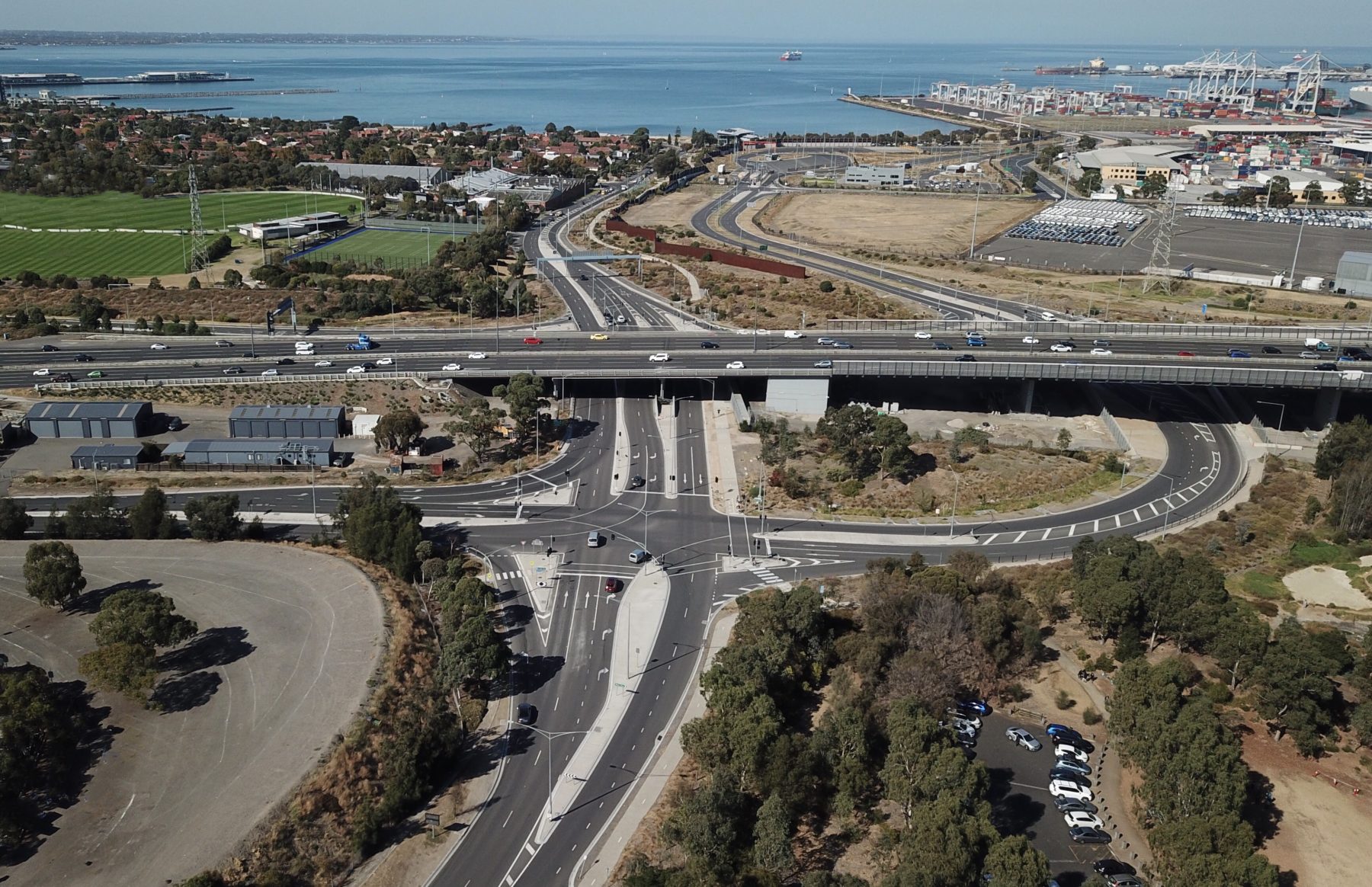Australia’s alarmingly high road toll remains stuck at the levels it was at four years ago.

Australia’s alarmingly high road toll remains stuck at the levels it was at four years ago. Latest road safety data, for the September Quarter, shows Australia will fail to meet agreed targets to reduce road crash fatalities and serious injuries by 30 per cent between 2011 and the end of 2020.
The Australian Automobile Association’s latest road safety quarterly report shows that in the 12 months to 30 September 2019, 1,185 people died on Australian roads. This is a reduction of only 0.2 per cent from the toll of 1,187 deaths in the 12 months to September 2015.
Australian Automobile Association Managing Director, Michael Bradley, said the National Road Safety Strategy had begun in 2011 with initial success.
“In recent years however, that early success has dissipated,” he said.
“Instead of declining, the road toll has plateaued at a level that makes it clear we cannot meet the Strategy’s targets.”
The AAA’s report shows that all states except Tasmania recorded a red-light status – meaning their annual road fatality figures remain above the notional milestones that would put them on track to meet the Strategy’s targets.
“Our five largest states – and Australia as a whole – are on track to miss the 2020 target,” Mr Bradley said. “It is critical that we take this opportunity to reflect on our current policy failings to ensure they are not repeated.”
The AAA’s National Council last week met with the Deputy Prime Minister and Minister for Infrastructure, Michael McCormack, as well as the Assistant Minister for Road Safety, Scott Buchholz, to discuss the urgent need to revive, reform and revitalise road safety strategies.
“Mr McCormack and Mr Buchholz are acutely aware that governments at all levels – in partnership with the community – can do more to prevent death and injuries on our roads,” Mr Bradley said. “The Federal Government has committed to sizeable investment in land transport infrastructure and that’s something motorists want the next budget to reaffirm.”
The AAA’s Reviving Road Safety strategy – developed in partnership with 15 national bodies focused on health, emergency services and transport policy – outlines four key priorities that the Federal Government can act on now to make substantial progress towards saving more lives.
“We’ve been very supportive of the Federal Government’s decision to adopt the AAA’s policy to establish a national Office of Road Safety to enhance co-ordination between states on road safety policy and standardise data collection to enable evidence-based investments and decisions,” Mr Bradley said.
“The Office of Road Safety must have genuine authority to oversee the development and progress of the next National Road Safety Strategy, which will take effect from 2021. But at this stage, the Office’s terms of reference, its resourcing, and its authority to drive greater cooperation within federal government and between different levels of government are unclear.”
The AAA’s Reviving Road Safety strategy has identified four immediate priorities that the government can act on now.
“Reviving Road Safety is not a detailed blueprint on everything the government must be doing to help reduce road trauma,” Mr Bradley said.
“Instead it advocates the priority steps that the government can take at the beginning of its new term.”
Media contact:
Jake Smith
0403 466 153
[email protected]
Follow us on Twitter: @AAAcomms
The Australian Automobile Association is the nation’s peak motoring body, representing Australia’s state-based motoring clubs and their 8 million members. The AAA is an apolitical and technology-neutral advocate for federal transport policy that improves safety, affordability, and mobility.

The latest AAA Transport Affordability Index reveals transport cost rises exceeded the consumer price index not only in the September 2023 quarter but also over the 12 months to the end of September.
read more
Initial results of Australia’s first program to test vehicle real-world performance show the cars tested use up to 13% more fuel on the road than they did in lab tests reported by manufacturers.
read more
The quarterly update of the AAA’s EV Index shows the Australian new vehicle market continuing to change.
read more